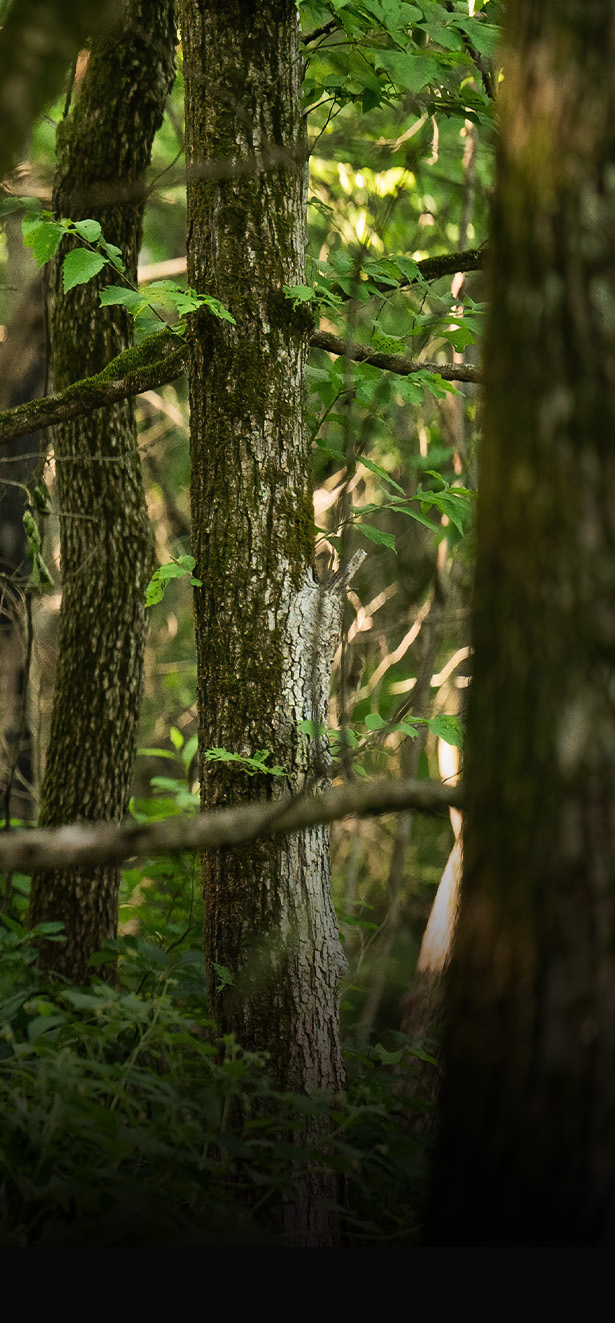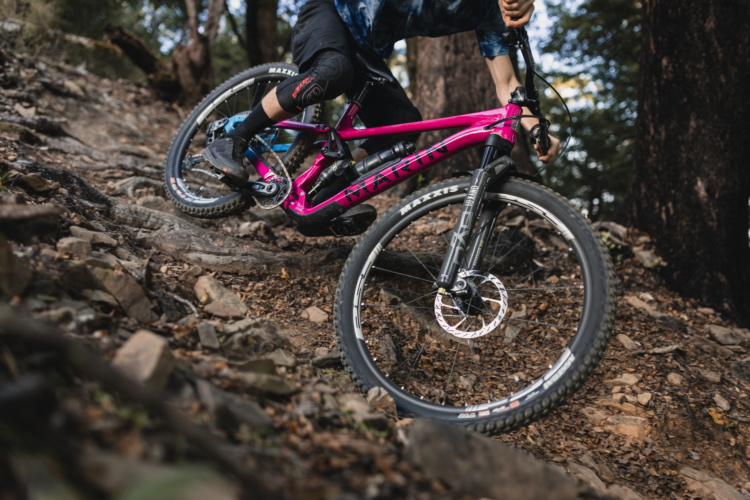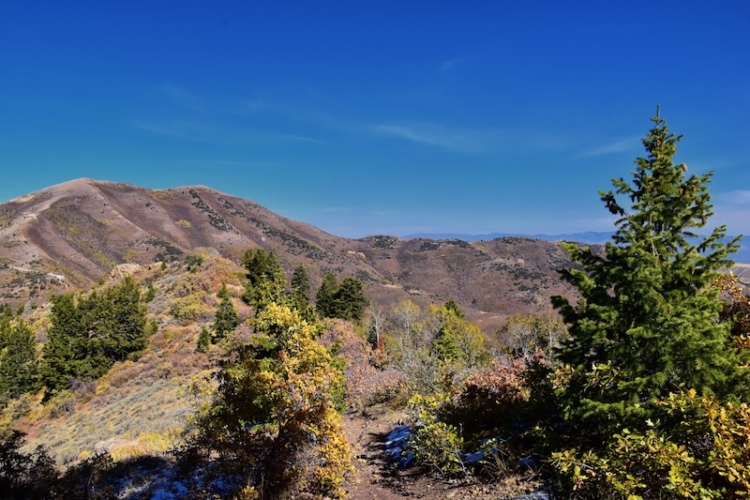
Most adventure sports enthusiasts have more than one sport they participate in. If they mountain bike in the summer, they might snowboard in the winter. If they cross-country ski in the winter, maybe they road bike in the summer. And depending on what age they started, they’ve likely accrued buckets of gear that they’ve outgrown or moved on from one way or another.
As Marie Kondo advocates, clearing clutter away from your household and discarding it can help you enjoy a better life. For gear enthusiasts, they might benefit from Kondo’s new joy theory, but they might also like that their older, but good gear will still be put to good use instead of slowly decomposing in a mountain of trash. Or they might have more room for the new jacket or shoes they’ve been eyeing.
Whatever the case, GearTrade, a Utah-based “re-commerce” site or online used gear marketplace wants to help. The benefits are myriad: gear sellers can find a home for their used goods without having to deal with messages from bargaining strangers, buyers can find good used gear at a good price for almost any outdoor sport, and GearTrade, which sorts, assigns a value, and sells gear for a commission makes money too.
How it all started
Aaron Provine moved to Utah in 2000 to go to college and be to close to world-class skiing. After he graduated, he started working at Backcountry as an accountant but moved into merchandising and was buying for and managing multiple categories. As is the case working in the outdoor industry, Provine accumulated a lot of gear; ski boots, apparel, you name it. In 2018, he left Backcountry and wondered what to do with it all.
“I was going through my gear closet and trying to figure out, how do I get rid of this stuff? he said. “How do I move this to someplace where they’re going to use it?”
Sure, there’s eBay and Facebook Marketplace and Craigslist, but they all operate similarly. Sellers have to take their own photos, write the product descriptions, field questions from potential buyers and then plan the exchange.
At this time, GearTrade was a peer-to-peer marketplace–basically an eBay for the outdoors owned by the owners of Backcountry, though still independent of the mega online retailer. Provine thought with an overhaul, GearTrade could offer a simpler, easier experience and in summer 2021, he launched the new site.

The problem with outdoor gear manufacturing
There’s already a lot of gear in the market, especially right now. Provine noticed this issue sourcing products from manufacturers at Backcountry.
The unfortunate reality of outdoor manufacturing, he says, is “consumers in general want high quality but low price and in order for a manufacturer to make an item at a low price, you have to hit certain minimums. Which oftentimes requires manufacturers to build more than there is demand for an item, which means naturally in the system there’s just overproduction.”
This is probably the most apparent in outdoor apparel. Brands produce a new batch of clothing each season and whatever doesn’t sell at the full MSRP is heavily discounted at the end of each season. It’s also very apparent looking at mountain bikes now, where brands ordered to the demand of the pandemic and are now sitting on excess inventory and a decline in consumer interest.
Then, of course there are price barriers. For folks trying to pick up a new outdoor hobby, you usually have to prepare to spend a lot of money upfront. Provine hopes GearTrade is reducing the barrier for some people.
For mountain biking, “You’re talking anywhere from $2,000 to 15 grand,” he said. “It’s just ridiculous. It’s a luxury industry and there’s a luxury price tax. And the overproduction combined with that luxury price tax has created this opportunity for used gear to help solve some of these problems.”
The long-term goal of GearTrade, Provine says, is to achieve a circular economy and minimize waste. As people shop used, it may cut demand for new products and maybe brands will cut production to smaller levels.
Who’s using GearTrade?
With the outdoors boom in the past few years, GearTrade has had a good start. There are more used gear options on the market, with retailers like REI and others selling used items.
GearTrade has done well with women, who may be more wary of parking lot used gear exchanges than men. Provine said men tend to overvalue their gear when selling, and women often want to just get rid of it and move on. The site also has a young user base with more than half under the age of 32.
There’s a lot of apparel, shorts, jerseys, jackets and shoes on the site, as there’s a lot of apparel in general.
GearTrade sells bikes and bike components, and a lot of them are still in a peer-to-peer marketplace under GearTrade where sellers can move their gear without a commission fee, though there is a consignment option too.
Gear like helmets can be questionable, because the foam essentially expires over time and the company doesn’t usually sell other pieces like climbing harnesses, ropes, or some ski bindings that could pose a liability.
Is it really that easy?
I started using GearTrade in the spring after reading about the site in the New York Times. Like Provine mentioned above, after working in the outdoor industry for a number of years and being an avid mountain, gravel, and road cyclist, backcountry and resort snowboarder, and camper, and amassing too much gear for one person, my garage can be a stimulus for anxiety. I also hate throwing anything that is still usable into the trash bin.
I decided to give it a try. I stuffed some old MTB and snowboard apparel, and even a wetsuit into a box, slapped a label on it, and sent it to Utah. Out of sight. Out of mind.
Then came the waiting game. GearTrade isn’t the site to use if you want quick cash. Facebook Marketplace or Craigslist is generally much quicker if people are into what you’re selling. After close to two months, I started getting individual emails that said my gear was listed. Then, I waited again. For weeks at a time. Slowly, but surely though, my listings started to sell.
The other caveat, is that GearTrade isn’t ideal if you’re trying to get the most money for your used gear. It is ideal though if you want to market your stuff to a broad audience without the hassle of managing your own listing.
On a lightly used pair of ~$125 bike shorts, they were listed for $40 and I made less than $11. On a pair of premium hiking pants that were more expensive, they were listed for $90 and I made $35. Surprisingly, on my 10+ year old wetsuit that had sat in a box for that long, and no one would buy on eBay, it was listed for $85 and I made about $31. But honestly, I was glad that I got anything for these and that someone else would use them.

GearTrade does say that on higher-priced items, the seller potentially makes more. There are also times when this works in the buyer’s (your) favor. After a day touring in the backcountry this winter, my six-year-old snowboard boots went from fine to terrible in a matter of hours. Browsing GearTrade, I found a used-return pair of great boots being sold on the site by Backcountry. Brand new, they would have sold for $225, but I got them for $100. They were missing the original packaging, but were otherwise perfectly fine. My feet and wallet were much happier for the remainder of the season.
The future of GearTrade
Provine says they’ll continue to focus on the user experience and building efficiency, since that’s what wins customers, and will try to open up some new categories and build others out more.
They’re seeing an influx of gear from all categories after the dust has settled on the pandemic-related outdoors boom. With inflation where it’s at, people are still shopping for used gear and trying to save money over buying new. With GearTrade trying to reduce waste, build a circular economy on outdoor gear, and lower the price tag for new outdoors-people, they seem to be off to a good start.
“Ten years ago, I don’t think anybody looked at their closet and thought there was money in their closet,” said Provine. “Now they can resell stuff in their closet and make money off it.”



















